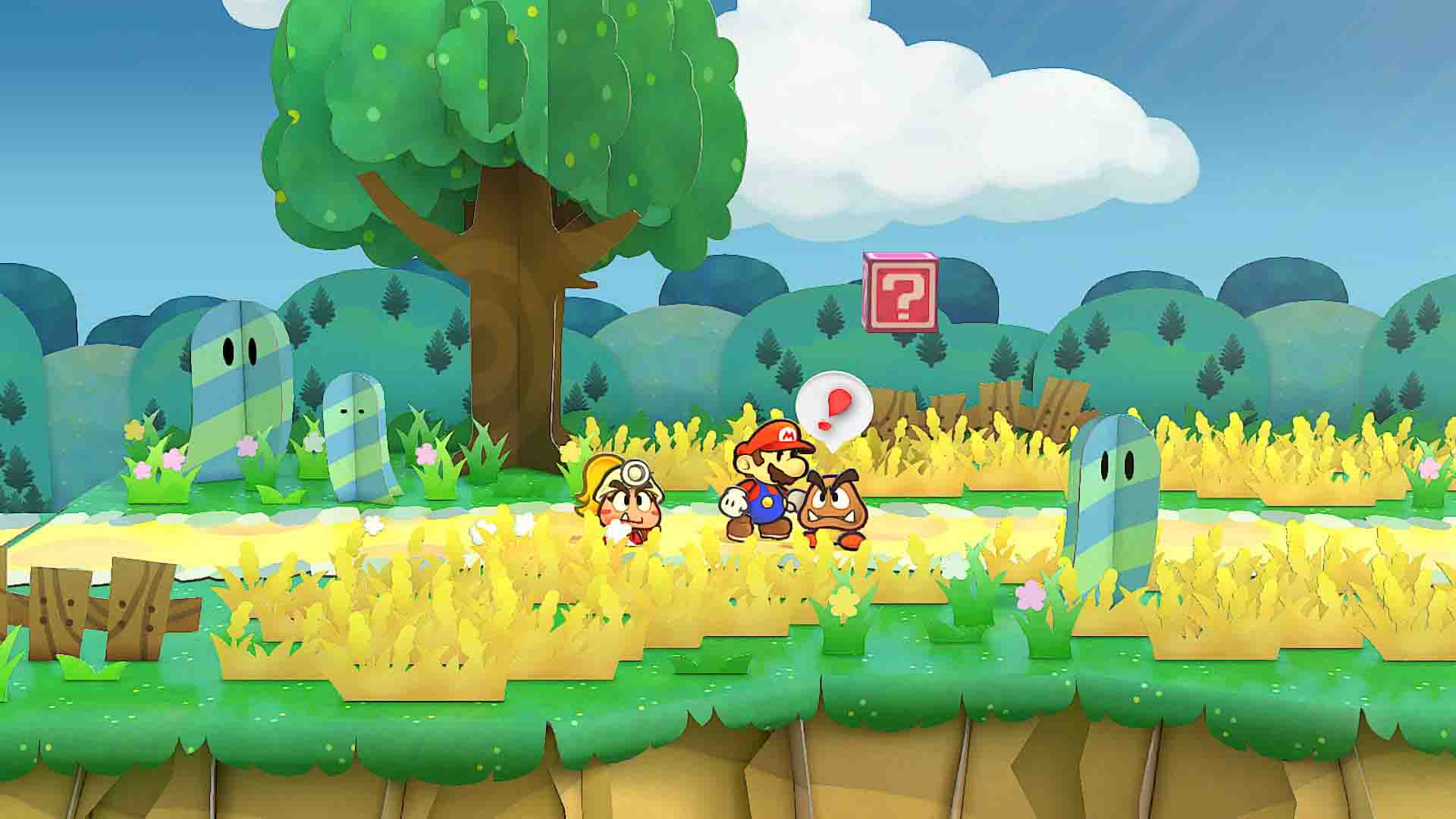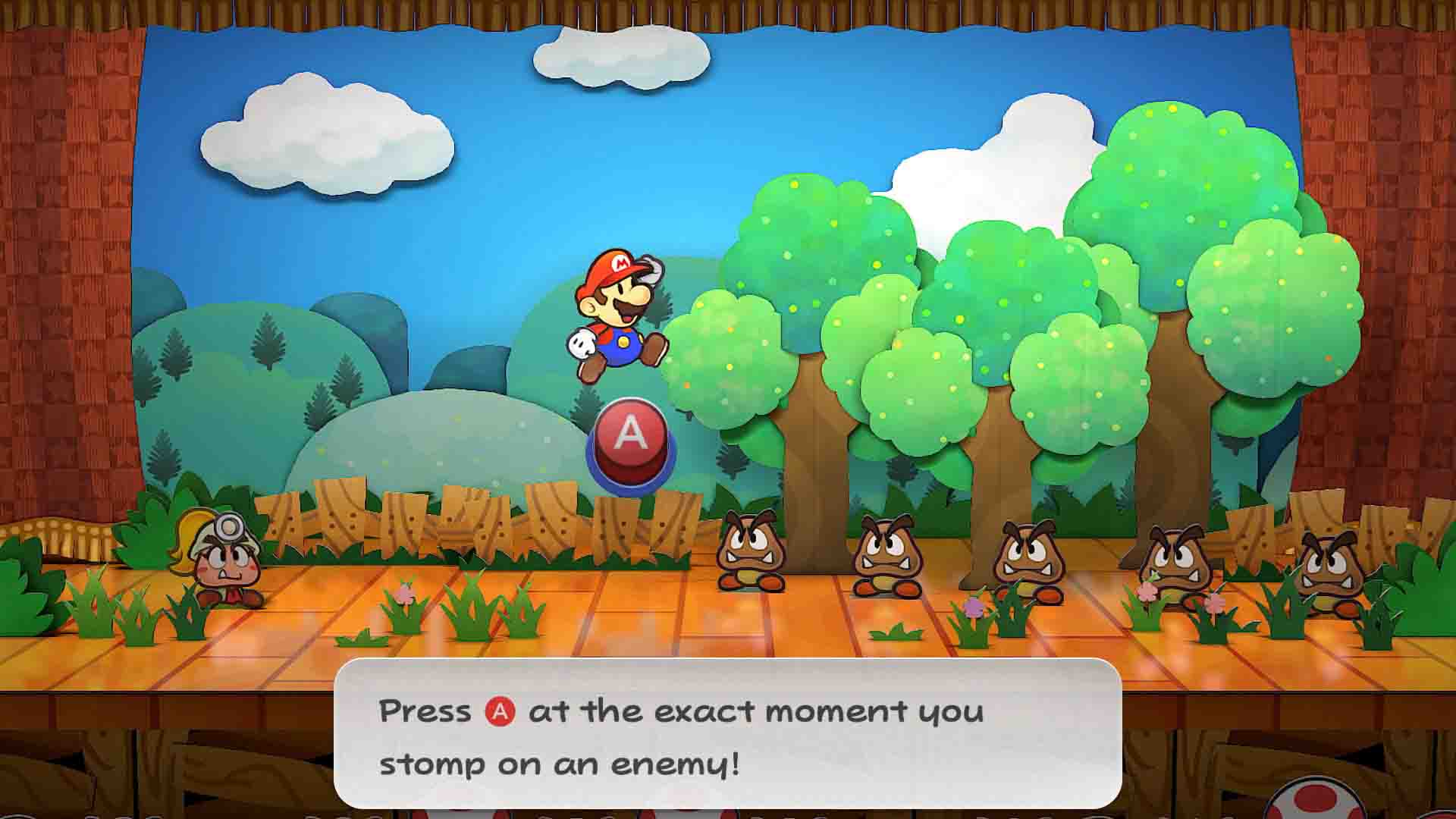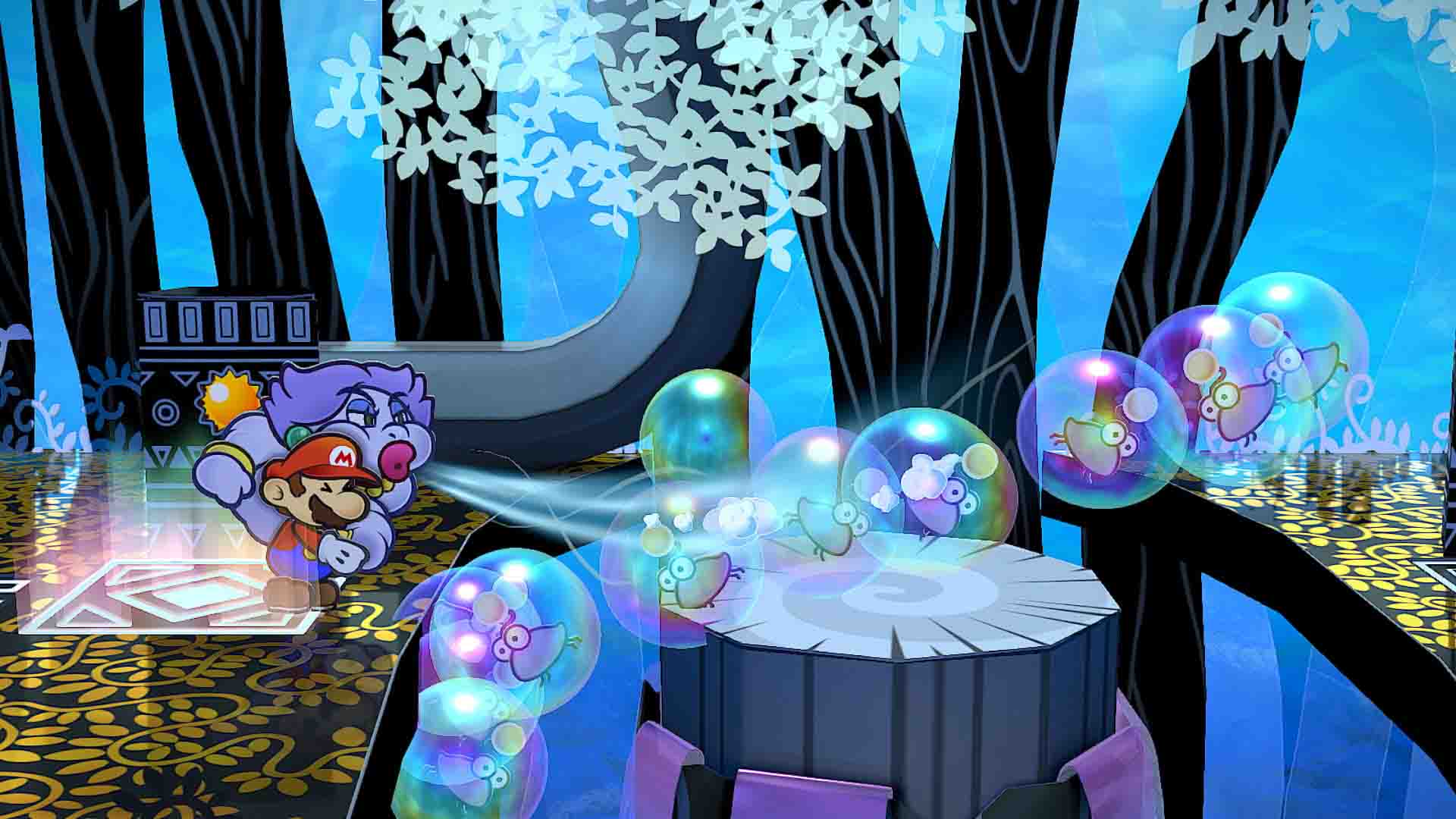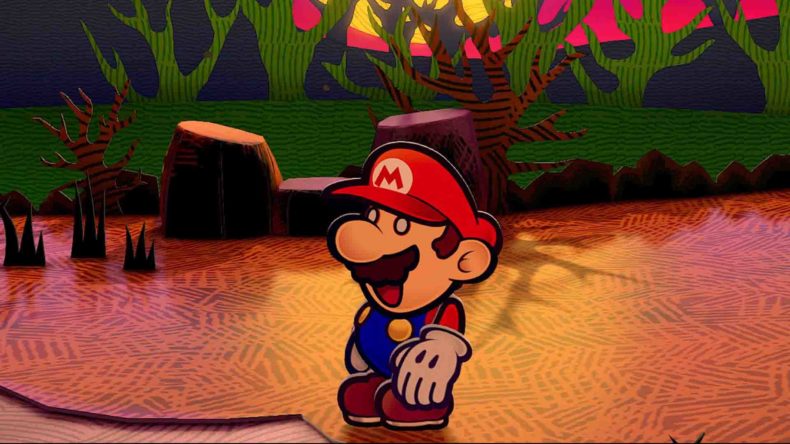Before Nintendo announced that Paper Mario: The Thousand-Year Door was coming to Nintendo Switch, a close friend and I had a discussion about it. I vaguely recall it stemming from a discussion about how great it was to see Metroid Prime back, and how good it was. The conversation bobbed and weaved, but ultimately we both agreed that Nintendo should absolutely bring back The Thousand-Year Door. But where we struggled, was how it should be done.
Eventually we both agreed: really, nothing much needed touching. Paper Mario: The Thousand-Year Door is lauded as one of the best RPGs of its era, and certainly as the best in the series, so all it needed was, and I quote: “a good HD-ing up, and pop it on Switch”. Well, thankfully Nintendo was listening, it seems, but also decided to go further than that.

The reason, though, that neither of us felt that it needed much is that we both loved the original deeply, and found it fairly flawless even back on GameCube in 2004. Bizarre dialogue you wouldn’t expect in a Mario game, let alone a Nintendo title, engaging battle mechanics, an almost Metroidvania-like progressive power-up system, and just achingly gorgeous visuals, and so far, playing the game on Switch in 2024, it feels like it fits, and frankly, is a tonic to almost everything else out there.
I’ll make no bones about it: I’d be stunned if someone played this game for the first time and, without knowing, guessed it was a remake. It’s still got whip-sharp dialogue, cheeky one liners, and characters that stand out despite looking like everything else in the Mario series. It feels every bit a modern RPG. There’s an argument it might be too slow or a little easy during its opening hours, but what RPG isn’t?
It’s also still clever. And my aging memory had all but forgotten that, while you control Mario, who communicates with his Mario-noises and fist bumps, you also switch to both the captured Princess Peach, and Bowser, and with this, I discovered how clever and funny it was all over again. Peach’s story, so far, revolves around teaching the most perfect computer ever, to love. Even in these small segments, there are moments I wouldn’t want to spoil, and the first time you control Bowser properly is… well, it remains a developer at the top of its game, and a true “bravo” moment.

The turn-based battles as Mario feature the same timing based inputs that the more recent Paper Mario titles do. Whichever move you select, there will be a different timing-based mini-game within the battle. You’ll time Mario’s jumps as they land on enemy heads to get a second hit in, or hold the left stick and release it at the right time to make Koops do double damage with his shell attack. There are guard timings too, that can reduce or negate damage, and a more tricky “perfect parry” style defence press that will not only stop an enemy hurting you, but retaliate with a hit as well.
Levelling up is slightly different, as you’re awarded star points in each battle (more points for a higher difficulty battle, or more enemies) and when you get 100, you level up. Upon doing so you will choose between upgrading your health, magic points (flower power), or your badge slots. These slots allow you to equip modifiers to Mario and party, or even add moves. You might want to increase your defence when below 5hp, or maybe you want to equip the Earth Ground Pound badge you’ve found. Enemies come in all shapes and sizes, and some will require certain moves or party members to actually damage them: after all, you can’t have Mario jump on a spiky enemy’s head, right?

Areas of the map have very obvious sections that you will come back to later, and it’s thanks to your party’s abilities that adventuring has that Metroidvania feel. The second party member you meet is Koops, and he has the ability to let Mario throw him out ahead of him in his shell, which means you can reach objects Mario couldn’t on his own. It’s not just party members, either, and other abilities will mean you can find secrets, new paths, and explore more deeply. Turning Paper Mario into a paper aeroplane never gets old, and that’s just the tip of the iceberg.
But of course, all of this was in the original, and you may consider this a primer if you’ve never played the 2004 title, but there are also clever quality of life improvements for the 2024 remake. First of all, of course it looks absolutely stunning, but there are subtle, under the hood changes that make it feel smoother and quicker. For example, the party size is two, and you used to have to go into a menu to switch out your party members. Now, holding a button in-game brings up a radial-type quick switching choice, and like everything else in this game, it’s just smart.
Unless you’ve recently replayed Paper Mario: The Thousand-Year Door, I can’t see a reason any fan of the original wouldn’t want to find an excuse to go through this adorable romp again. While I’ve only played the opening hours of the game so far on Switch, it feels fresh, but also like coming home. There’s a reason this game is lauded so highly, and the Switch version feels like it’s doing justice to this classic, timeless title.
Paper Mario: The Thousand-Year Door is coming to Nintendo Switch on May 23, 2024.





